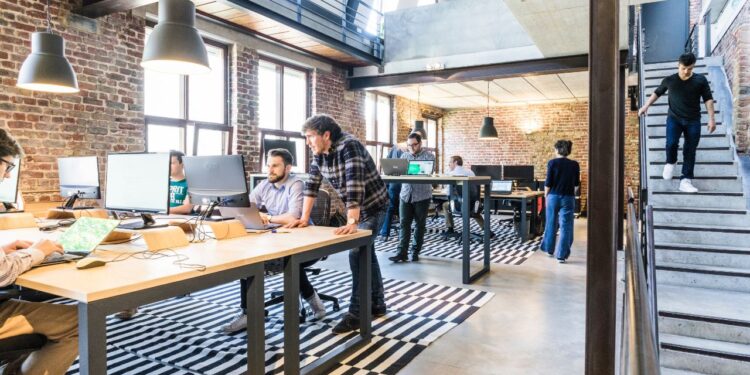Workplace policies have made decades of progress in just a little over two years, so why shouldn’t offices follow suit?
Cubicles are officially outdated, but the post-pandemic workplace has become slightly synonymous with stress and anxiety.
More specifically, three factors are creating an unprecedented workplace: the shift towards a knowledge-based economy, the embrace of remote work, and an overall change in workplace sentiment.
So what can leaders do to address these changes?
One of the most significant office trends prior to the pandemic was the idea of merging work and life. Incorporating beer-on-tap, nap rooms, yoga studios, and more became the norm as employers looked to make the office a one-stop-shop for everything workers needed.
However, the pivot to working from home has introduced the idea that work-life balance can be achieved without a lengthy commute to the office.
That’s why the next move in office curation requires a solid strategy that offers something that homes or cafes cannot. That’s where “office urbanism” comes in.
This concept focuses on creating, not just a sole dedicated office environment, but a network of offices that are spread across various suburbs away from the dense, loud, and expensive atmosphere of city centers.
By doing so, workers can still enjoy a well-amenitized office space, without the downsides of commuting and spending $20 on a single salad.


 Dr. Gleb Tsipursky – The Office Whisperer
Dr. Gleb Tsipursky – The Office Whisperer Nirit Cohen – WorkFutures
Nirit Cohen – WorkFutures Angela Howard – Culture Expert
Angela Howard – Culture Expert Drew Jones – Design & Innovation
Drew Jones – Design & Innovation Jonathan Price – CRE & Flex Expert
Jonathan Price – CRE & Flex Expert












